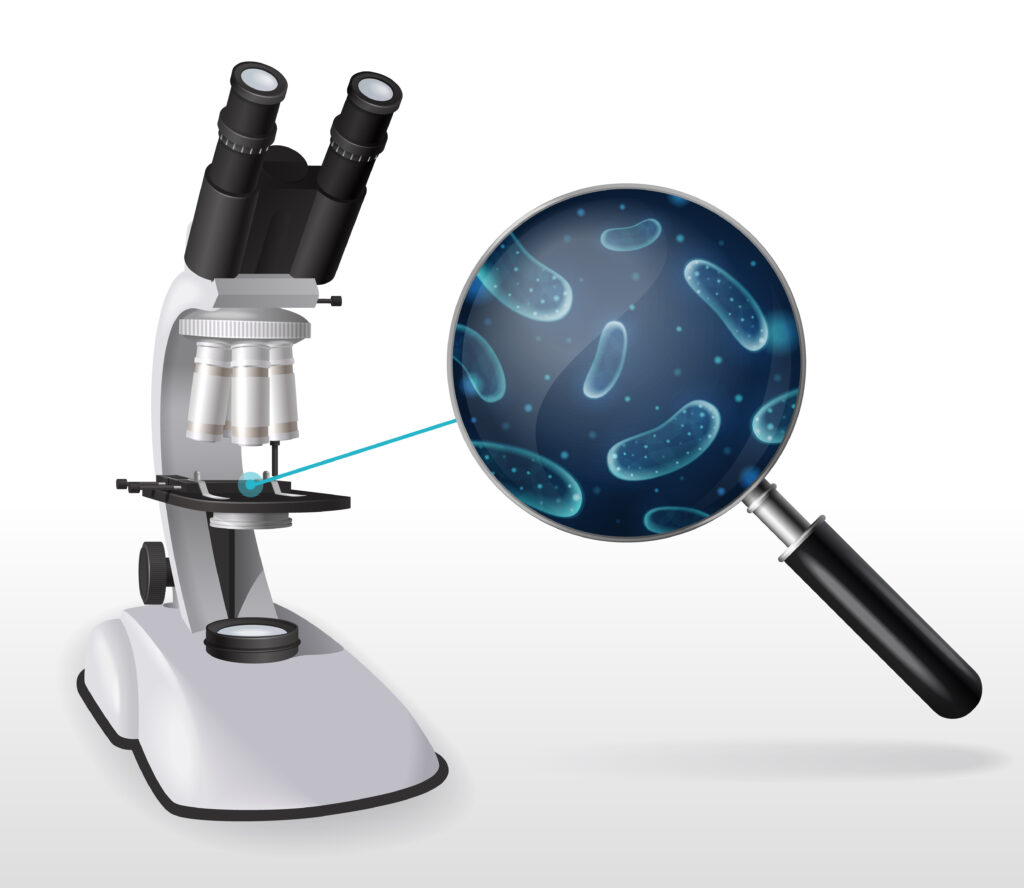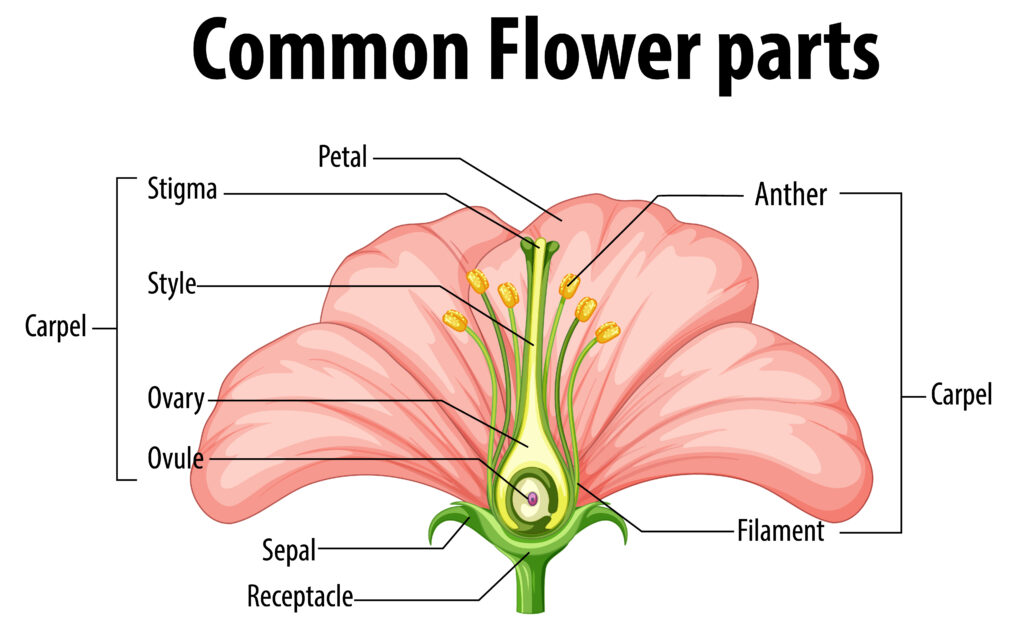Weather, Climate and Animal Adaptation
Explore the fascinating world of weather, climate, and how animals adapt to their environments. Learn about weather patterns, climate zones, and the amazing adaptations of animals in polar regions and tropical rainforests.
Help & Instructions
▼- Weather Data Analysis: Complete weather patterns and analyze data
- Animal Adaptation Matching: Match animals to their adaptations and habitats
- Use the hint button if you need help with any section
- Try different activities to learn about various aspects of weather and adaptation
- Understand the difference between weather and climate
- Identify adaptations of animals in polar regions and tropical rainforests
- Learn about the life cycle of a frog
- Analyze weather data patterns
Weather Data: Complete the Pattern
Analyze the weather data and complete the missing values.
Animal Adaptation: Match to Habitat
Match animals to their adaptations and habitats.
Weather refers to short-term atmospheric conditions in a specific area, while climate describes the long-term patterns of weather in a region. Weather can change quickly, but climate changes slowly over time. Understanding weather patterns helps us predict daily conditions, while understanding climate helps us understand the typical weather patterns of a region.
Weather, Climate and Adaptation Concepts
Weather and climate are fundamental to understanding our environment:
- Weather: Daily atmospheric conditions (temperature, precipitation, humidity, wind)
- Climate: Long-term weather patterns in a region
- Adaptation: Special characteristics that help organisms survive in their environment
- Habitat: The natural environment where an organism lives
Animals in polar regions have developed special adaptations to survive extreme cold:
- Polar Bear: Thick fur, fat layer, white camouflage, large paws
- Penguin: Waterproof feathers, fat layer, huddling behavior
- Arctic Fox: Seasonal color change, thick fur, compact body
- Seal: Blubber for insulation, streamlined body for swimming
- Walrus: Thick skin, blubber, tusks for defense and climbing
Animals in tropical rainforests have adaptations for hot, humid environments:
- Jaguar: Spotted camouflage, strong jaws, climbing ability
- Sloth: Slow movement for energy conservation, algae camouflage
- Toucan: Large colorful beak for feeding and heat regulation
- Poison Dart Frog: Bright colors as warning, toxic skin
- Howler Monkey: Loud calls for communication, prehensile tail
Frogs undergo a fascinating metamorphosis:
- Egg: Laid in water, protected by jelly-like substance
- Tadpole: Hatches from egg, has gills and tail
- Froglet: Develops legs, lungs begin to form
- Adult Frog: Fully developed, lives both in water and on land


